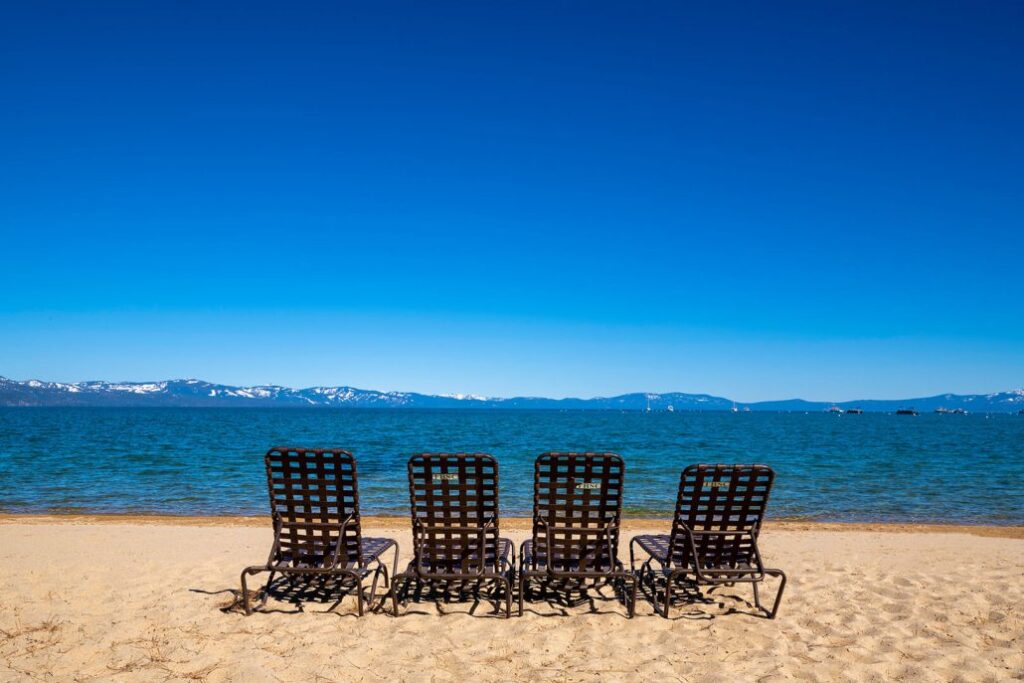- Over $1 Billion in Luxury Sales
- 704 661 5596
In recalling the fabled line “you can’t have it all”, we respectfully disagree. In Tahoe, indeed we do have it all! Yes, the beauty and splendor of the largest alpine lake in North America is reason enough, however, if a life lived outdoors in all seasons appeals to you then, we’re sure you’ll agree.
Ever been in two states at the same time? In Crystal Bay you can actually stroll from state to the other.
Marla Bay is one of Lake Tahoe Nevada’s oldest neighborhoods and a well-known “Old Tahoe” retreat.
The Tahoe Keys is a picturesque waterfront community and network of canals nestled along the southern shore of Lake Tahoe
Residents enjoy impressive views of the pristine waters of Lake Tahoe as well as the entire panorama of the Sierra Mountain Range to the west.
Our goal is to create a better understanding and knowledge of the many unique communities that comprise what visitors know simply as “Lake Tahoe”, while upon a closer look, is actually a composition of many unique and wonderful areas, each with their own true identity, characteristics, history and amenities.
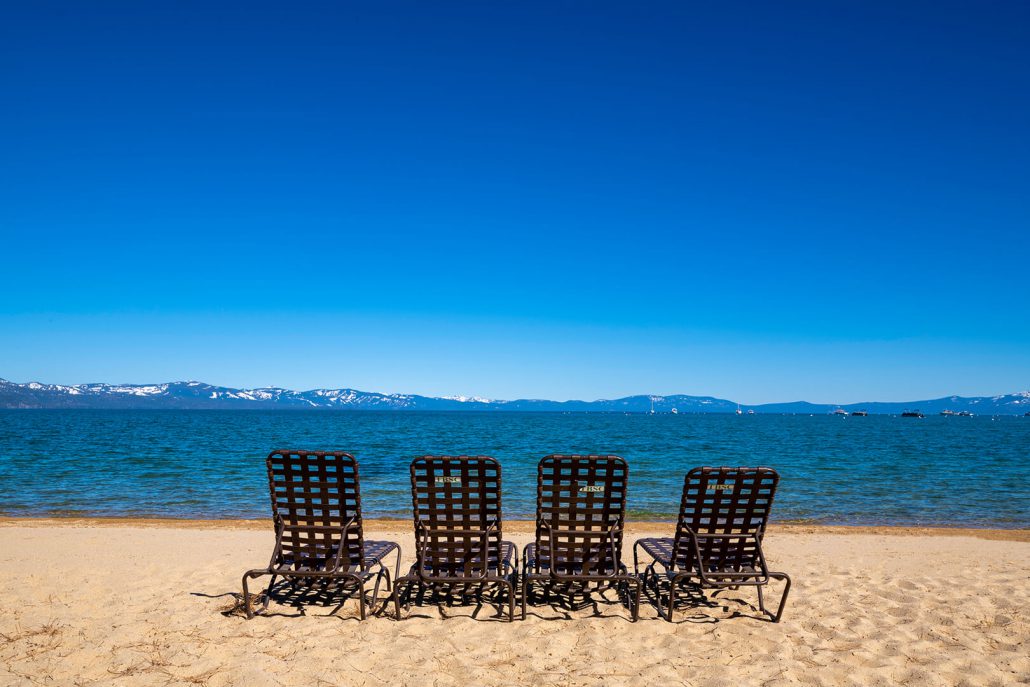
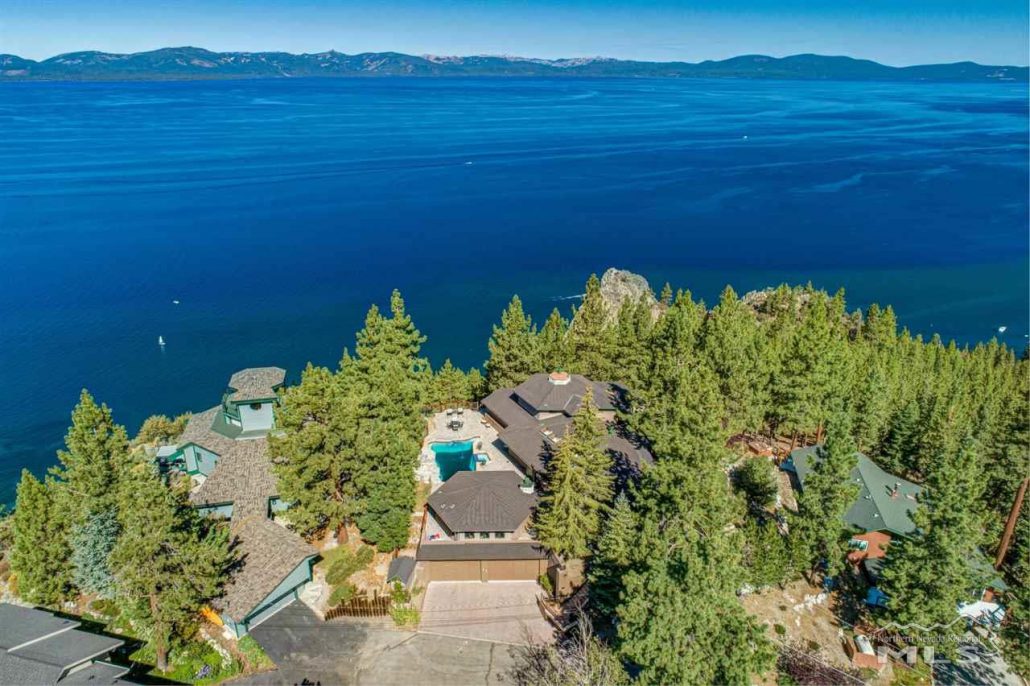
Tim & Joanna Spiars
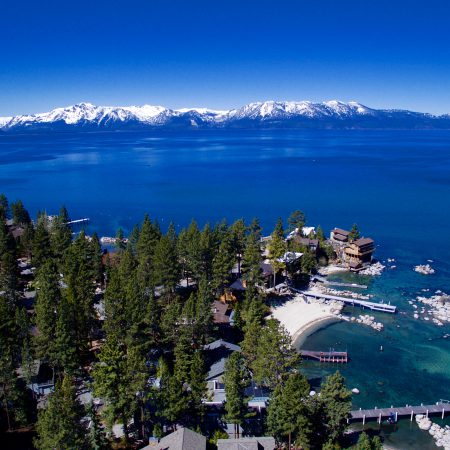
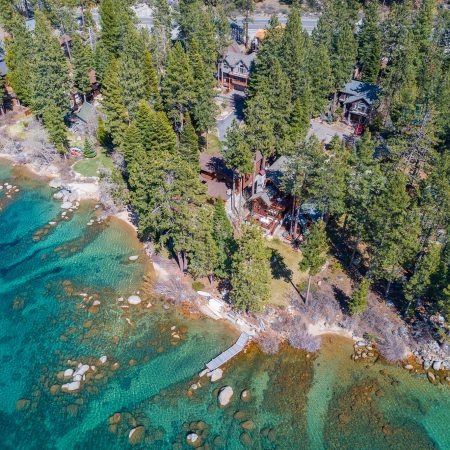
Lake Tahoe Communities could not exist without the support of so many diverse contributors who share our passion for Lake Tahoe. In contribution to promoting individual communities of Tahoe, many of our business owners will share special offers for members of Lake Tahoe Communities, including; restaurants, marina’s, ski shops, art studio’s, night clubs, ski areas, boat Charters and Retail shop Owners.
This team has made a positive impact on the Tahoe Real Estate Market.



With 32 years National Luxury Real Estate Sales and Marketing experience and over $1 billion in sales volume, Please let the Bednar – Young Lake Tahoe Communities Team assist you with your needs.

